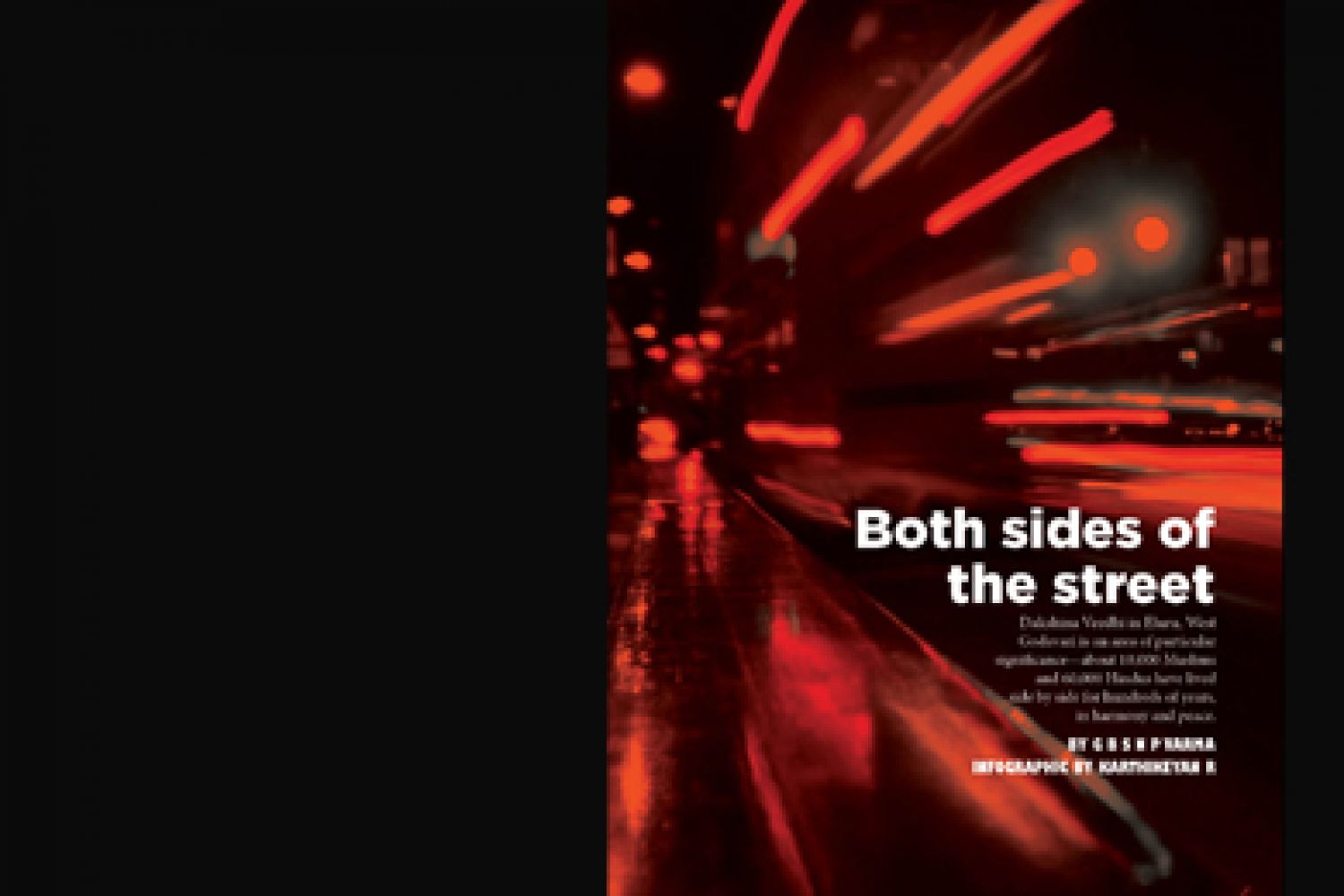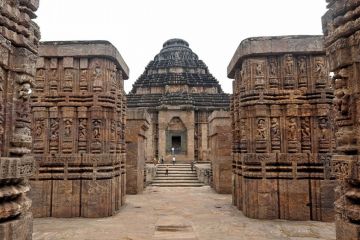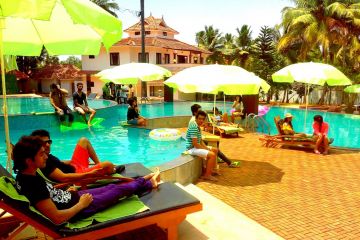
Dakshina Veedhi, the
southern street in Eluru, West Godavari district of Andhra Pradesh is a warren
of streets and zig-zagging alleyways. Dust gathers on the doors and buildings;
the stench of gurgling sewers fills the air. Some of the houses are loud, with
gaudy colours, some have a lost-world feel with peeling paint and
weather-beaten doors.
In these labyrinthine
streets live about 10,000-15,000 Muslims among approximately 60,000 to 70,000
Hindus. They have lived here for hundreds of





